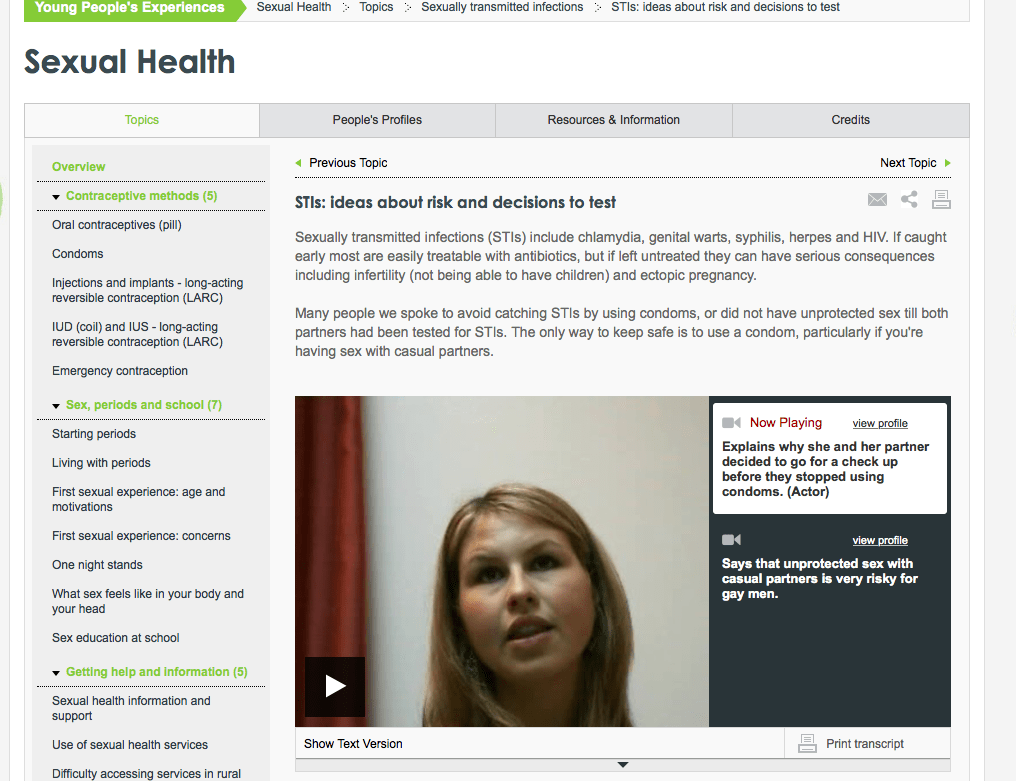
Say hello to chlamydia…
These are chlamydia trachomatis bacteria. Chlamydia is one of the most common sexually transmitted infections (STIs) in the UK, passed on through unprotected sex or contact with infected semen or vaginal fluids, and it is especially common in teenagers and young adults. Gonorrhoea, caused by Neiserria gonorrhoeae bacteria, is another common STI.
No symptoms, no problem? Wrong…
Some people get symptoms, such as pain on urinating, or an abnormal discharge from the vagina or penis, but many people have STIs without knowing as they have no symptoms. If you’ve got one, you need to know – and so do any sexual partners. Chlamydia and gonorrhoea can usually be treated with a course of antibiotics but left untreated the consequences can be serious. They can cause long term health problems such as pelvic inflammatory disease and infertility.
Testing for chlamydia and gonorrhoea
Testing for chlamydia and gonorrhoea can be done simply, with a urine test or swab test. Anyone in the UK can get this done for free at a sexual health clinic or GP surgery. The recent National Survey of Sexual Attitudes and Lifestyles (Natsal-3) found that many young adults at risk of chlamydia infection had not been recently tested. The study authors say that, in the light of what the survey showed, we need to know about the relative costs, feasibility and acceptability of different approaches to chlamydia screening.
Where to test: home or clinic?
Having to go to a clinic is likely to put off lots of people from being tested so could enabling people to collect their specimens (urine or swab) at home and send them to a laboratory increase the number of people tested and treated for chlamydia and gonorrhoea?
A new Cochrane review has brought together the best available evidence that might help answer this question. Ten randomised trials with almost 10,500 people compared clinic-based with home-based specimen collection.
There was no difference between home-based and clinic-based specimen collection in the proportion of people who completed testing, diagnosis and treatment for chlamydia.
The quality of this evidence was judged to be ‘moderate’, so we are not completely certain that these results won’t change when more research is added.
Offering home-based testing seems to encourage more people to be tested, although we are uncertain about this due to problems with the evidence. Those attending clinics are more likely to have an STI.
The safety of specimen collection in the two settings has not been compared.
We also don’t know whether people were clear of infection on re-testing a year later, which would tell us about the success not only of testing and treatment but also of follow-up and partner management. So there are questions still to be answered by future research.
Find out more about STIs
You can find out more about chlamydia and other STIs at youthhealthtalk.org (below) where you watch videos of young people talking about their experiences of STIs, as well as find reliable information. You can also find information at NHS Choices about chlamydia and gonorrhoea.

Getting tested for STIs: home or away? by Sarah Chapman is licensed under a Creative Commons Attribution-NoDerivatives 4.0 International License.
Based on a work at http://onlinelibrary.wiley.com/doi/10.1002/14651858.CD011317.pub2/abstract.
Permissions beyond the scope of this license may be available at http://onlinelibrary.wiley.com/doi/10.1002/14651858.CD011317.pub2/abstract.
Links:
Woodhall SC, Soldan K, Sonnenberg P, Mercer CH, Clifton S, Saunders P, da Silva F, Alexander S, Wellings K, Tanton C, Field N, Copas AJ, Ison CA, Johnson AM. Is chlamydia screening and testing in Britain reaching young adults at risk of infection? Findings from the third National Survey of Sexual Attitudes and Lifestyles (Natsal-3). Sex Transm Infect 2015 Aug 19. doi: 10.1136/sextrans-2015-052013. [Epub ahead of print]. Available from: http://sti.bmj.com/content/early/2015/08/19/sextrans-2015-052013.full.pdf+html
Fajardo-Bernal L, Aponte-Gonzalez J, Vigil P, Angel-Müller E, Rincon C, Gaitán HG, Low N. Home-based versus clinic-based specimen collection in the management of Chlamydia trachomatis and Neisseria gonorrhoeae infections. Cochrane Database of Systematic Reviews 2015, Issue 9. Art. No.: CD011317. DOI: 10.1002/14651858.CD011317.pub2.
Plain language summary of this review https://www.cochrane.org/CD011317/STI_home-based-specimen-collection-management-chlamydia-and-gonorrhoea-infections

